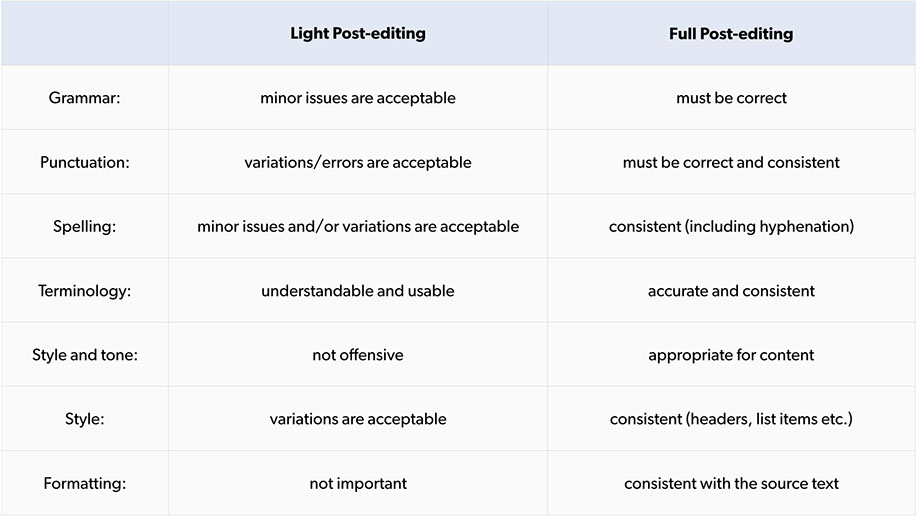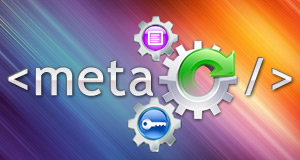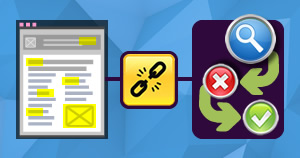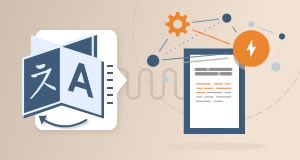Machine translation, often abbreviated to MT, is the use of specific software to translate text from one language to another, and it is getting more and more popular in the translation world. Machine translation can considerably speed up the translation process, as well as reducing its costs; having said this, this technology is very unlikely to replace human translators completely. Here’s why.
The translation of marketing content
When it comes to quirky and creative writing styles such as the ones your company may use as part of your brand strategy, it is highly unlikely that even an enterprise machine translation engine will ever learn to fully capture them.
Creative copy can be incredibly difficult for a professional human translator with 25+ years in the industry, let alone a machine! However, the benefit of using human translators is that they have a firm grasp on the way that specific terminology should be translated as well as an excellent command of their native language. Syntactic, grammatical and stylistic errors will be minimal when using humans to translate your business content, and if issues do arise then they’ll certainly be picked up, and corrected, in the revision and review stages. And if there’s an issue relating to style, then a quick conversation with the translator can help you to clarify exactly what you’re looking for in the translation.
If you’re looking for even more creativity and flair, then perhaps translation isn’t the right path for your company. Making use of professional multilingual copywriters may be a more fitting solution for your international content marketing strategy. Copywriters can create content for you directly in the target market following a specific brief and are not restricted by any tools like translators sometimes are. Bear in mind, though, that you will not be able to leverage from previous content the same way you can with translation, so it may be a more expensive option in the long-run.
Post-editing
When you do use machine translation, involving translators in the project is essential, and in the long term this will see their role changing from a translator to a post-editor.
As we have explained, it is incredibly difficult to get a 100% accurate translation from a machine, especially when it comes to creative texts and marketing content. By incorporating post-editing into the workflow, this ensures that a pair of human eyes is reviewing the raw output and editing it to sound more natural and human-like.
There are two levels of post-editing which can be applied in different cases depending on the intended purpose of the text: light and full.
Table source: Translation Automation User Society
If your goal is to use machine translation to simply understand the text by providing a comprehensible translation of the original, then the raw output may be adequate enough to get the gist of the original meaning. Alternatively, a light post-edit will remove the most glaring of errors with some level of quality control.
However, if the goal is to use machine translations to communicate with your target audience, then a full post-edit is a must! Here, complex procedures and post-editing tools are used by professional post-editors to produce a final version of the text that is comparable with a human translation. A full post-edit is also incredibly important in terms of training the engine and improving quality over time.
The biggest amount of post-editing that is carried out and used to train the engine will ensure the best quality of the raw output in the long term. Custom-built engines have the benefit of being trained specifically with your post-editors’ feedback, meaning that the system can learn to produce better, more accurate translations time and time again.
It’s likely that in the beginning you will need to do fuller post-editing which may then drop to light post-editing, eventually followed by random spot checks as time goes on and quality improves. If one thing is for sure, it’s that translators won’t be out of a job anytime soon!
Emily MacKenzie
Latest posts by Emily MacKenzie (see all)
- What is SEO-localisation? - May 11, 2018
- Agile processes for continuous delivery: A focus on SEO-localisation - May 11, 2018
- E-book review: Undertaking SEO-localisation in a world of continuous delivery - May 11, 2018








